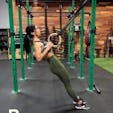You’ve trained hard. You’ve completed the grueling three-day weekend of your kettlebell certification or a full day of a local kettlebell course. Congratulations, you are now officially certified!
You have proven you can execute the basic kettlebell exercises with safe and correct form. You understand the concepts and can relay them to a novice. You have developed the strength and conditioning needed to pass the certification process.
These are all wonderful qualities, but now it’s time to work on the most important part – putting it all together and designing a safe, balanced, and efficient program for your individual clients and group classes.
Now that you know how to do these exercises and can do them well, you are probably anxious to teach (if you aren’t already doing so). Students will come to you because kettlebells are the new, cool thing and they’ve heard they are efficient for fat loss, strength, and conditioning.
It’s up to you to design workouts for both individuals and classes that will not only deliver excellent results, but keep your clients engaged and excited.
Working with a group who are at different levels and have varying backgrounds can be tricky. Here are some things you need to know about the people who are most likely to participate in your group classes.
Not everyone wants to be a Kettlebell Expert
Not everyone who walks through the door wants to be as strong as you or will enjoy training with kettlebells as much as you. Therefore, spending six long weeks on mastering the Turkish Get Up and treating everyone like they are at the big certifications may have them running the other direction faster than you can swing a kettlebell.
LISTEN to the goals of your clients
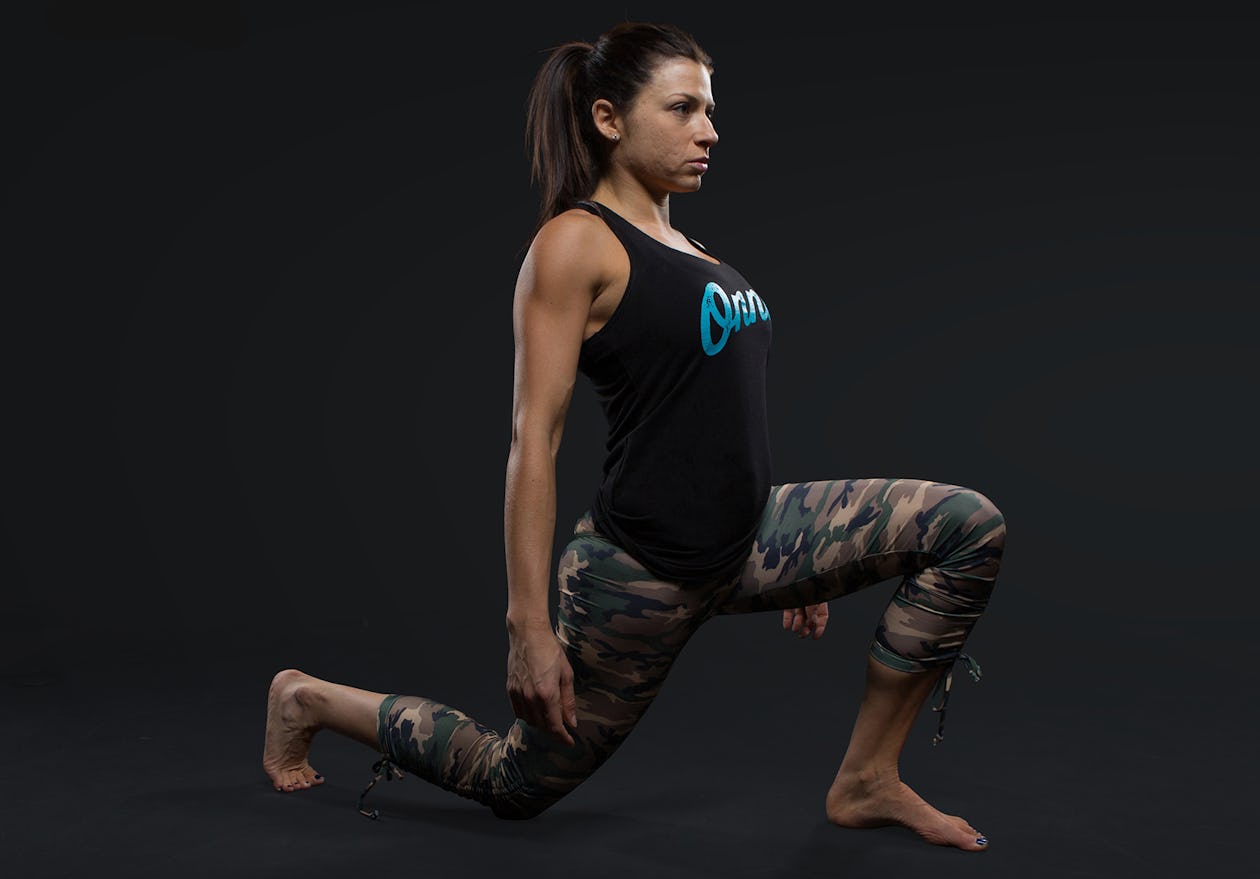
LISTEN to the goals of your clients and RESPECT them. If they tell you they want to lose weight, feel stronger, and become more conditioned, then spending a few weeks learning the Bent Press is not going to be the smartest approach – unless, of course, that is what they specifically request.
Clients Need to Regularly Feel Some Sense of Accomplishment
If you design a program your students can’t get through, they will leave feeling like a failure. Having unrealistic programs is generally why trainers lose clients.
People come to you wanting to feel better and improve themselves – not to feel worse. If they wanted an “extreme” workout every time, they would have signed up for P90X. Causing a client, especially a new one, to become too sore to walk the next day doesn’t make you a good trainer.
In fact, it shows you didn’t educate them about putting on the brakes during their session. Have them leave your session feeling challenged, but accomplished. They need to have won, not lost.
Re-Educate Your Hardcore Clients
Re-educate your hardcore clients, and they will appreciate and respect you more. Exercise fanatics and ex-football players have a hard time not doing more in my classes, especially in the beginning.
If they don’t feel like they’re going to vomit or are completely wiped out by the end of the workout, they think it was a waste of their time.
Spend some time throughout the workout and afterward educating these types of clients on the importance of approaching the workouts as practice.
You wouldn’t practice basketball to the point you could barely dribble the ball or practice surfing until you are so fatigued you’re almost drowning.
Whether it’s other coaches or inspirational stories of people who train using the same philosophy as you, show these clients that successful people don’t always train until failure, yet continue to add strength and conditioning and achieve fat loss.
Real photos and stories will get your students to trust you and give them something to relate to.
Now for the fun part. Designing workouts for multi-level classes is a skill I’ve personally had the chance to evolve and improve over the last eleven years.
Every year I learn more techniques and change my mind on certain philosophies, and am therefore making my programs better and better.
This article would not be necessary if it weren’t for the existence of unsafe and ineffective “kettlebell” classes. Just because someone is certified doesn’t mean they have a clear understanding of program design. This, of course, is true with all fitness communities.
Once you become a kettlebell instructor, you represent all of us. I have had clients tell me the stuff they did with a previous kettlebell instructor and I’m surprised they ever decided to pick up a kettlebell again.
So hopefully this article can help you avoid some common pitfalls and keep your clients safe, happy, and returning for more.
Kettlebell Workout Tip #1 – Include a Pulling Movement in Almost Every Workout
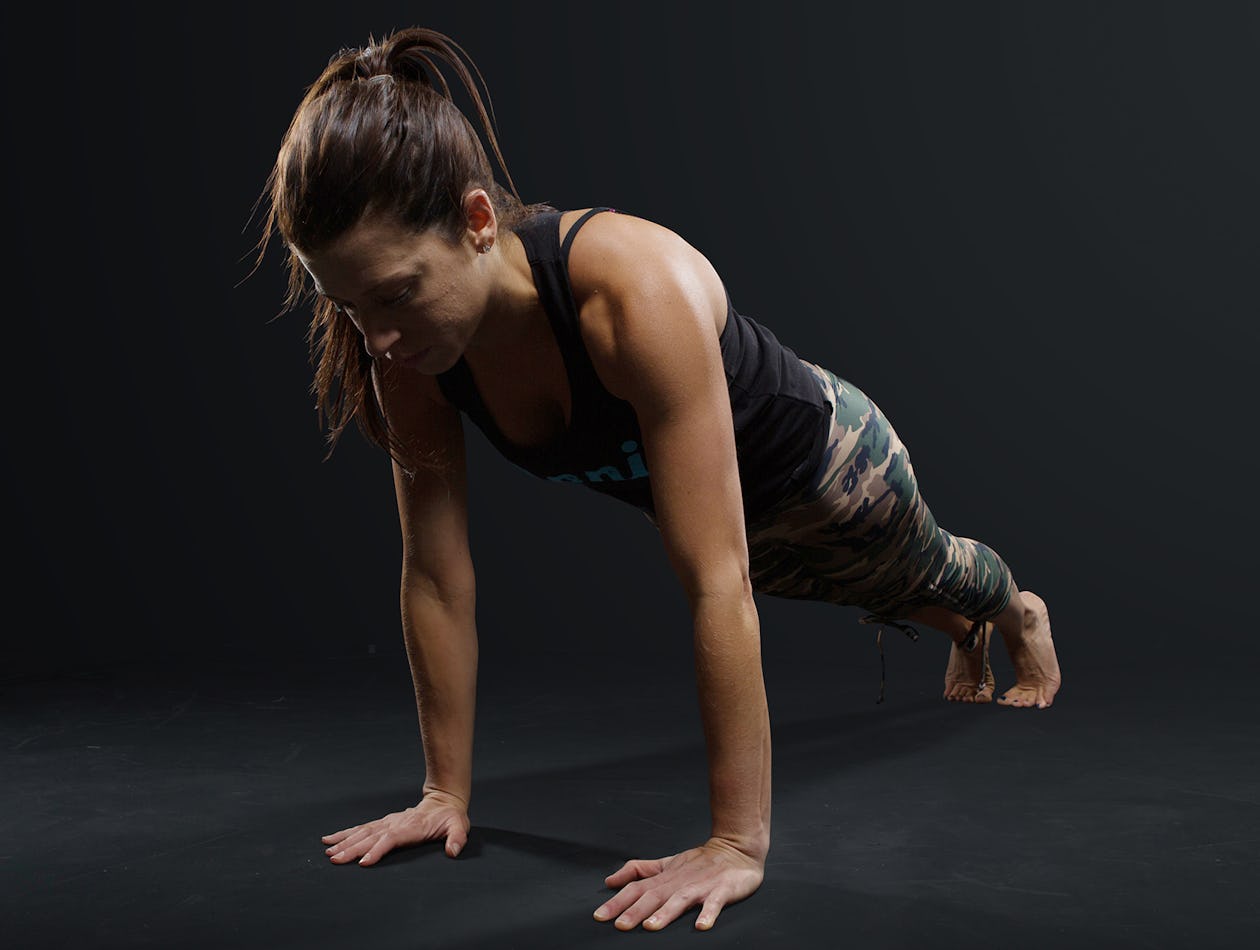
Whether it be One Arm Rows, Horizontal Body Rows using Rings, One Arm Body Rows, Pull-ups, or Double Farmers Walks, pulling and using the lats in a variety of ways through both vertical and horizontal planes is a must.
Most of your clients sit too much and thus have an underdeveloped posterior chain, rounded shoulders, and weak lats. Make it a priority to show them where their lats are and to help them strengthen those muscles to counterbalance their day job.
Kettlebell Workout Tip #2 – Program Rest into Your Workouts
If you want your clients to achieve real strength, putting in a required rest before beginning the next exercise or round of exercises will allow them to recover properly and handle a significant load with proper form.
Trainers who want to run their clients into the ground will have them go from one exercise to the next without any break. A workout like that might be okay on occasion, but if clients come to you hoping to get stronger, you are doing them a great disservice by not encouraging rest and mobility breaks.
Kettlebell Workout Tip #3 – Do Not Put the Grinds at the Very End of a Workout
Too many times an instructor will wipe the floor with their class by having them do hundreds of swings, squats, push-ups, and snatches, and then after all that they have the students do an excessive amount of Windmills or Turkish Get Ups. By then, the students are so tired and shaky they can barely hold their arms up to complete a solid rep.
Instead, place “grinds” in the beginning of class or after a significant period of rest so the students feel fresh. Asking them to perform slow, controlled exercises that require focus when they are spent is like asking a drunk person to try a max rep of the Turkish Get Up. It’s a crap shoot, and it’s never worth it.
Kettlebell Workout Tip #4 – All Out Interval Conditioning Drills Should Go Toward the End of a Workout
Unless the entire workout for the day is a conditioning day with intervals throughout, then do not have your class perform extremely high-intensity conditioning work – like Tabatas, V02 max, or HIIT stye intervals – and then expect them to perform well for Heavy Double Presses and Double Front Squats. Just like with the grinds, heavy lifting should be done toward the beginning when the body is fresh.
Kettlebell Workout Tip #5 – Mix Up your Class Focus from Time to Time
If you have your clients train heavy the majority of the month, surprise them occasionally with lighter days and slightly higher reps. Show your clients and yourself that high reps are achievable when done safely. Throwing in a new approach here and there can break your clients of feeling stagnant with the same old way of lifting.
Conversely, the same goes if you are addicted to the cardio feel and are constantly having your clients reach for the lightest kettlebells. If that’s you, then try to change gears from time to time and focus on heavier bells with low reps.
Whichever switch you’re making, educate your clients as to why it’s beneficial for them and they will be more open to these workouts. Wow your cardio clients with the bigger kettlebells they can swing at reps of 5 or 10!
Most will be pleasantly surprised and will feel empowered because they hadn’t truly realized their overall increase in strength.
Kettlebell Workout Tip #6 – Stick to Basic Exercises, but Vary it Slightly for the Advanced Student
I’m all for practicing the same exact exercise for years on end, but I have to remind myself that my clients are not me! Not everyone finds joy in doing Turkish Get Ups every day like I do.
If you want your clients to continue to get better at squats don’t just do Goblet Squats. Throw in Split Squats, Front Squats, Overhead Squats, Bottoms Up Press, TGU Squat Style, and Deck Squats. Have fun!
Most regular students will appreciate it. Your more advanced clients know how to do basic exercises and can easily do them on their own.
They pay to come to your group classes to experience your smart, yet unique workout design with the hope of learning something new, whether they know it or not.
Kettlebell Workout Tip #7 – Hands and Grip Need to be Considered
Giving your class hundreds of snatches and swings with tons of farmers walks on a humid day will only do one thing – destroy their hands. If you want the rest of your week off from teaching, you’ve got it!
Their hands will be so trashed that not only will they miss training sessions, but they may not want to come back at all.
Be sensitive and think how the workout will affect their hands. Torn hands may not be an issue to you since you are used to it, but it’s a big issue for many students.
Kettlebell Workout Tip #8 – Balanced Exercises for a Balanced Body
If you have a workout that involves a lot of Push-Ups, Presses, and Burpees, then you are asking for fried shoulders and possible neck injuries.
Leaving out pulling exercises such as rows or pull-ups places your clients that much further from a balanced body.
Can you put all those pushing exercises in one workout and be safe? Yes, you can from time to time, but you must do so very carefully.
And balance isn’t just about one hour of training, it also means taking a bigger picture view.
Throughout the week, make sure you have included lower body strength. If you have your class focus on heavy or multiple squats, make sure they get in deadlifts or more hamstring dominant lifts at some point, as well.
Everything doesn’t have to be in the same session, but program a variety of moments across the week for overall balanced training.
Kettlebell Workout Tip #9 – Include a Warm up and Cool Down
Whether it’s correctives for your individual client, light bodyweight exercises, or mobility drills, warm up your class together in some fashion.
Similarly, Cool down the class with either light stretching and/or joint mobility.
Encourage meditation, active recovery, and restoration of the body in order for students to return to class feeling optimal and recharged.
Sample Kettlebell Workout Ideas for an All Level Group
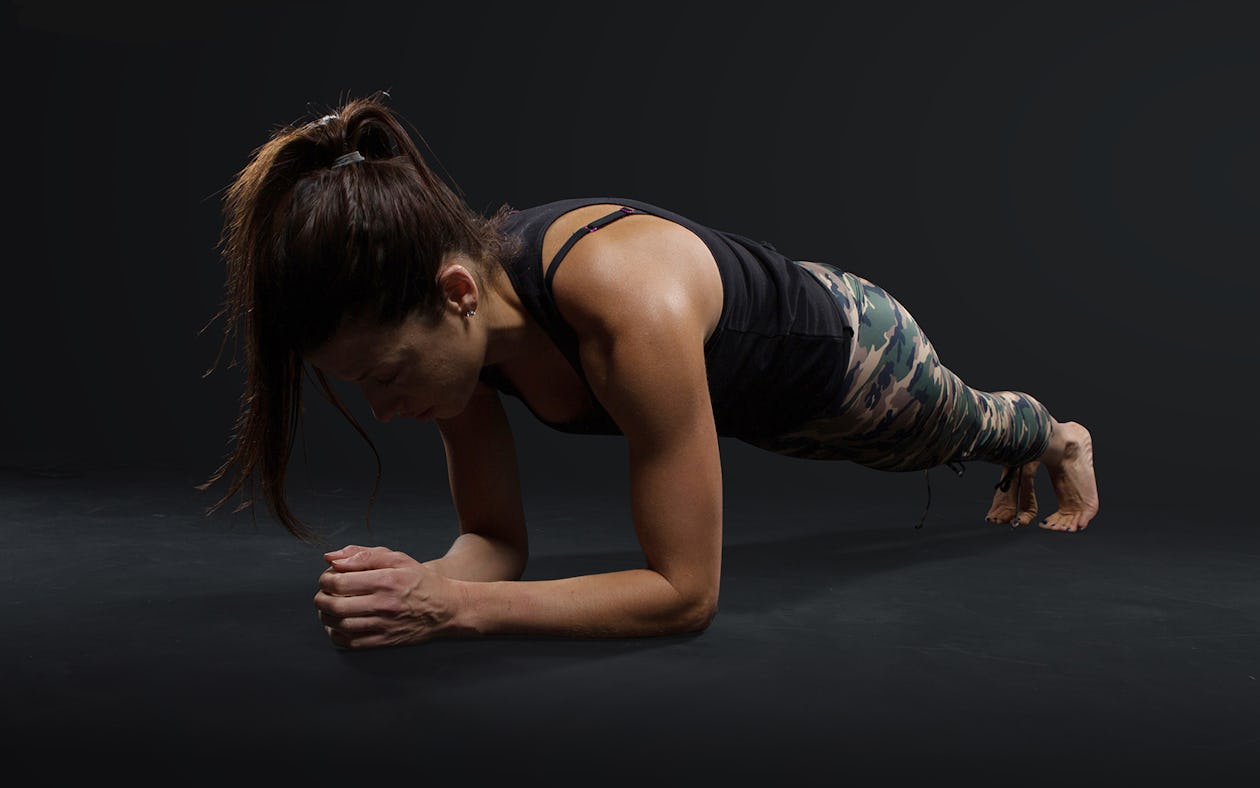
Kettlebell Workout 1
A1. Kettlebell Turkish Get Up (Alternating) – 2 reps
A2. Kettlebell Heavy Swing – 10 reps
Rest and Repeat 2-3 rounds
B1. Kettlebell Goblet Squat – 5 reps
B2. Bodyweight Push-Ups – 5-8 reps
B3. Kettlebell Double Cleans – 8 reps
Rest and Repeat 2-4 rounds
C1. Horizontal Body Row or Kettlebell One Arm Row – 3-6 reps
C2. Kettlebell Forward Lunge – 5 each side
C3. High Plank or Ab Roll Out for 15-20 seconds
Rest as needed and Repeat 2-4 rounds
Finisher: Take a comfortable-sized bell and make it look pretty, fun, and fast. Ladder it down. 5 each arm, 4, each arm, and so forth. If the class is advanced, feel free to add 1 Arm Swing or Snatch: 5,4,3,2,1
Kettlebell Workout 2
A1. Kettlebell Deadlift (Double or Single Bells) x 4-6 reps
A2. Kettlebell Double Press (or single press for beginners) x 3-5 reps per arm
A3. Kettlebell 2 Hand Swing x 10 reps
Rest and Repeat 2-4 Rounds
B1. Pull-ups or Stabilized One Arm Row x 5 reps or (75-80%)
B2. Kettlbell Stationary Lunge (Single or Double Bells) x 5 reps
B3. Kettlebell 1 Arm Swing x 5 reps each side
Rest as needed and repeat 2-4 Rounds
Finisher: 15 seconds on 15 seconds off for 4-5 rounds. Use a bell for the snatches that is challenging, yet allows you to move quickly. Make it look good.
Kettlebell Snatch or 1 Arm Swing (Left)
Kettlebell Snatch or 1 Arm Swing (Right)
Kettlebell Squat Thrusts
Battle Ropes Waves or Vertical Jumps
Final Point
I admit I am a bit of a snob when it comes to program design. Teaching a group class is not something I believe one should take lightly.
Do your homework and put together solid workouts in an orderly fashion.
Use these two sample workouts focused on strength with conditioning as a guide if you are just beginning your journey into teaching.
Remember: the simpler, the better. Stick to the rules and your clients will continue to see strength and conditioning gains. As Dan John says, “It’s just that simple.”
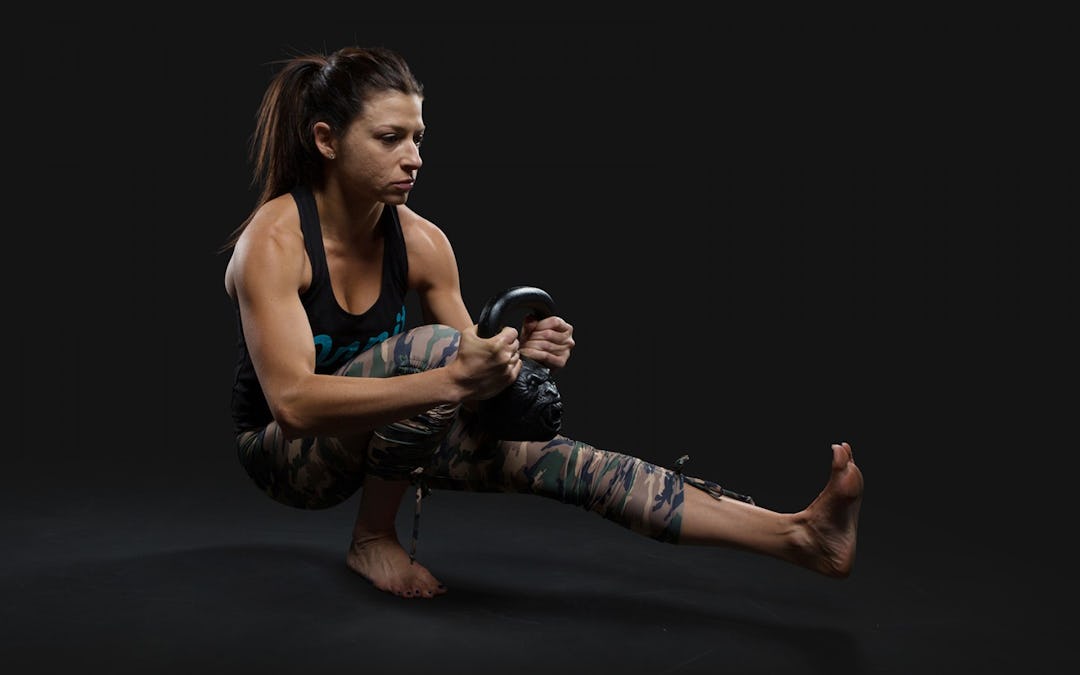
)
